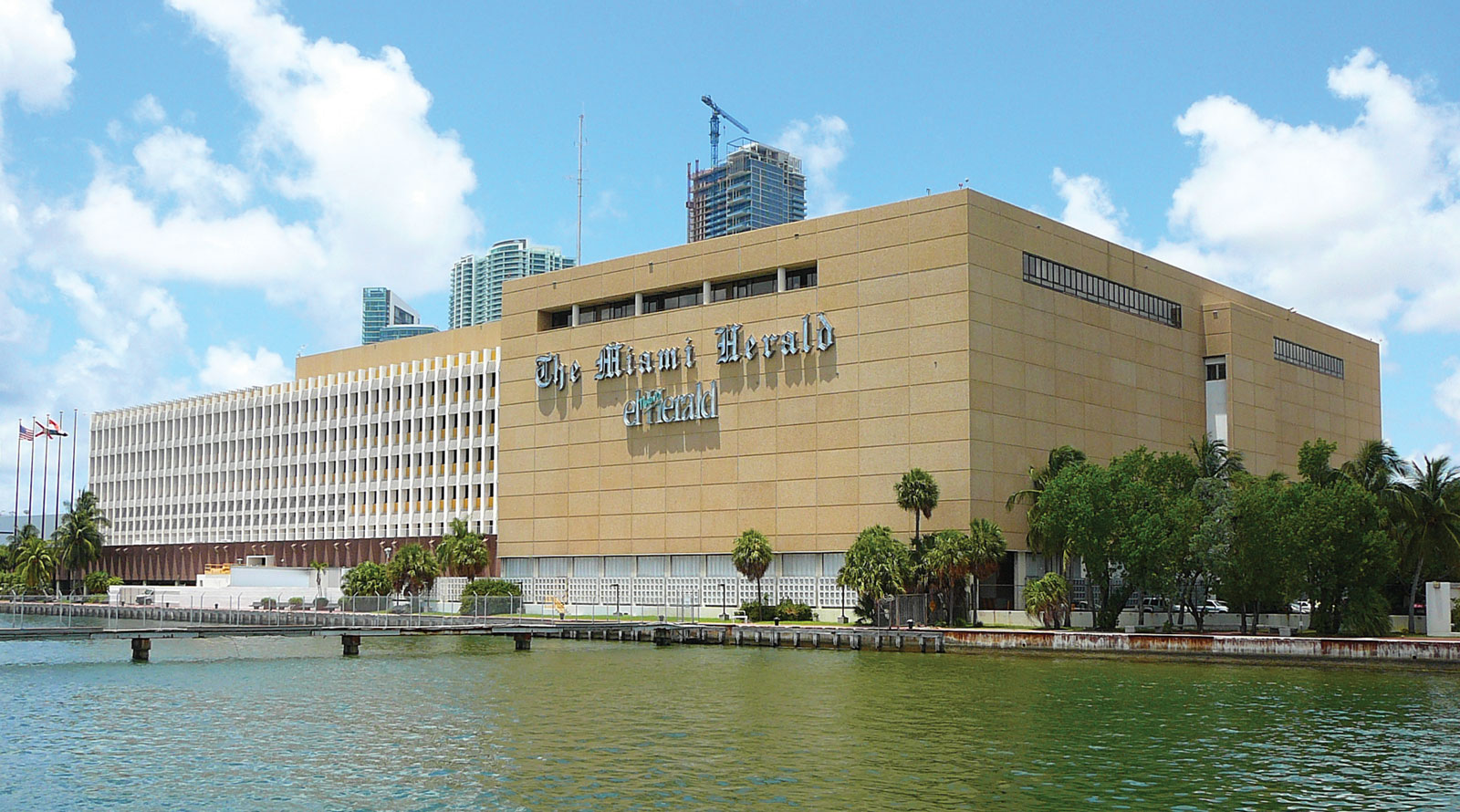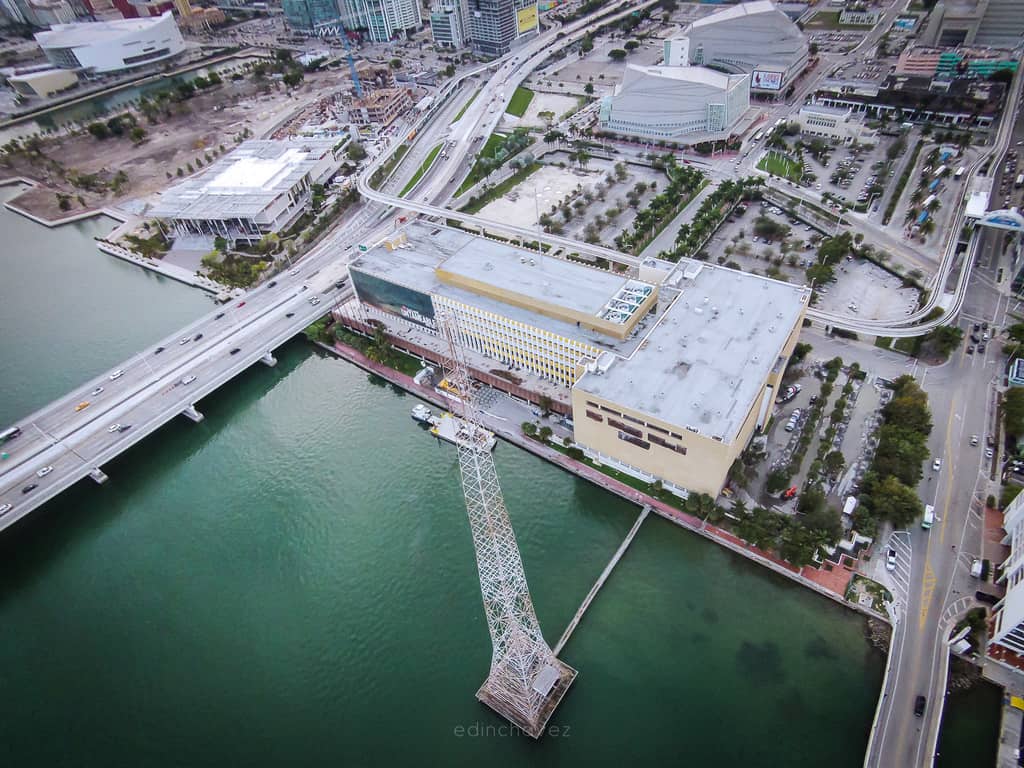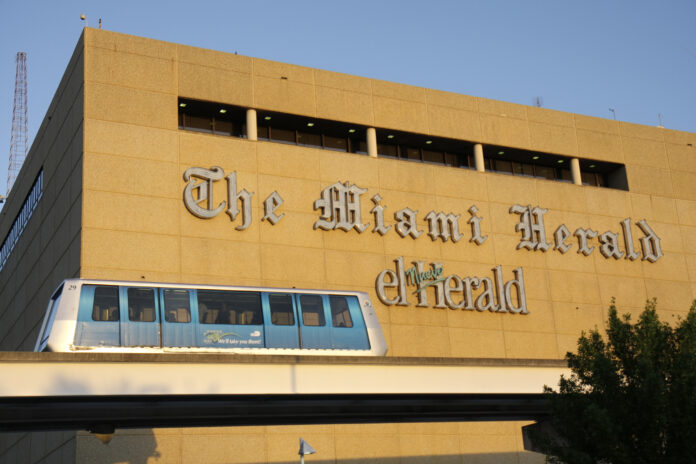The city of Miami claims that the intent and purpose of the city of Miami’s Historic Preservation Program is to “protect and enhance the city’s attraction to residents, tourists, and visitors and thereby serve as a support and stimulus to the economy.” In contrast to their stated purpose, their vote to designate the Miami Herald building as historic could help doom the local economy by preventing any future development at the downtown Miami waterfront location.
Contrary to the mandate of Miami’s Historic and Environmental Preservation Board (HEPB) to help stimulate the economy, their actions could deprive the city of the millions it needs in tax revenues that a newly build resort could be producing. By preventing the redevelopment of the Herald property, the city of Miami historic preservation board will be undermining the South Florida economy and cause irreversible harm to the tourism industry. The new Resorts World Miami development, which was initially going to be developed at a construction cost of $3.8 billion, would have created thousands of jobs and drawn more vacationers to visit Miami than any other attraction in South Florida. The Miami Herald eyesore will continue to detract from the downtown Miami skyline, forever, if the 9 voting members of the historic preservation board decide to preserve the Miami Herald building.

After 4 decades of depriving the residents of Miami-Dade County of an open downtown Miami bay-view and pedestrian walkway, the Miami Herald property is finally poised to be rebuilt to the highest construction and technological standards, into one of the most significant hospitality resorts in the world, in Miami, but the Dade Heritage Trusts application to register the Miami Herald building as a historic structure is hindering the redevelopment.
The Miami Herald was first published as the Miami Evening Record in September of 1903, but due to severe financial difficulties by publisher A. L. LaSalle and editor Frank B. Stoneman, the newspaper was turned over to its largest creditor – Henry Flagler, who renamed it the Miami Herald on December 1, 1910.
Flagler owned the newspaper until 1937, when the Knight brothers divested their fathers Ohio newspaper business through their investment in Flagler’s fledgling newspaper. In 1963, the Knight brothers constructed the Herald building specifically to house the massive printing presses and support staff offices that were needed to run the paper. In 1969 Knight Newspapers went public, sold most of their shares, but still kept their headquarters on the top floor of the Miami Herald Building until 1998 when Knight Ridder relocated its headquarters from Miami to San Jose, California. Then, In 2006, California media giant McClatchy purchased the Miami Herald, including the downtown bayfront property. McClatchy subsequently sold the Miami Herald building In 2011 to Malaysia conglomerate, Genting, for $236 million.

The Miami Herald is a functionally obsolete structure that would be impossible to utilize for any purpose other than a printing press and office cubicles.
South Florida TEA Party member Linda Roper stated, “half of the Herald structure contains a massive void of open space that will be difficult to utilize for anything more than a warehouse once the printing presses are removed. It would be next to impossible to convert it into anything usable for a commercial purpose except to house multiple printing presses or other large scale industrial machinery.”
Only one roadblock is preventing the ground-breaking of the Resorts World Miami resort development – the Dade Heritage Trust (DHT) and the city of Miami Historic and Environmental Preservation Board. TEA Party members across South Florida are hopeful that the historic preservation board members will be incorruptible, and make a ruling to deny the application of the Miami Herald, on the grounds that is does not meet the 50 year age requirement, it is not located in the designated MiMo district, It it not of “exceptional Importance,” it is not architecturally or historically significant, and the property owner vehemently protests to the registration. Federal and state historic designation requires a property owners consent before registering a property as historic. This is done to prevent the taking of property rights unjustly, and in contradiction to the United States Constitution. The city of Miami should use the same standards as the state and federal guidelines.
Historic Preservation:
The intent of the City of Miami Historic Preservation Program is to “promote the identification, evaluation, rehabilitation, adaptive use, and restoration of the city’s historic, architectural, and archeological heritage.”
Criteria for eligibility: In general, To qualify for Historic Designation status, a property “must be at least 50 years old and maintain its physical integrity so that it sufficiently conveys its original character.”
To qualify for Historic Designation status a property must have achieved significance within the past 50 years and be “exceptionally important” to be granted preservation status. The Miami Herald is not important and definitely not exceptionally important.
Properties may be designated as historic resources, historic districts, or archaeological sites and zones ONLY if they have significance in the historical, cultural, or architectural heritage of the city, state, or nation; and meet one or more of the following criteria in A (below) and also conform to the requirements of sections B., C., D., and E., which include:
A. The property must meet one or more of the following eight criteria to demonstrate that it:
1. Is associated in a significant way with the life of a person important in the past.
2. Is the site of a historic event with significant effect upon the community, city, state, or nation.
3. Exemplifies the historical, cultural, political, economical, or social trends of the community.
4. Portray’s the environment in an era of history characterized by one or more distinctive architectural styles.
5. Embody’s those distinguishing characteristics of an architectural style, or period, or method of construction.
6. Is an outstanding work of a prominent designer or builder.
7. Contains elements of design, detail, materials, or craftsmanship of outstanding quality or which represent a significant innovation or adaptation to the environment.
8. Has yielded, or may be likely to yield, information important in prehistory or history.
Answer – No. The property does not meet any of the 8 criteria, in the manner in which in has been presented to the Board. The Dade HERITAGE TRUST chose to base their application on #1, #3, #5, and #6. TEA Party Miami will dissect each of these criteria separately, in a later article.
B. Whether the property maintains its physical integrity, or whether it has been altered to such a degree that it no longer conveys the qualities for which it was deemed historically significant.
Answer – No. The building is not original – The original exterior of the northern wing did not contain windows. Horizontal openings in the east and west elevations were introduced as part of a later, sixth-floor addition built 1984-1988. This six story wing (originally five) is wider than (and projects east and west beyond) the southern wing – it originally housed the printing operations. The first floor was for loading and unloading newspapers and the printing presses were located on the upper floors.
C. Whether the preservation of the resource will promote the general welfare of the city by providing an opportunity for the study of local history, architectural and design, or develop an understanding of the importance and value of a particular culture and heritage.
Answer – No. the preservation status would have dire consequences on the Miami and South Florida economy. Joblessness will continue, and could get worse. The Miami Herald reconstruction project would immediately produce thousands of local jobs and millions in tax revenues for the city.
D. Whether or not the resource is one of the last remaining examples of its kind in the city, region, or state.
Answer – No. There are many other, better examples of MiMo properties within the designated MiMo district, in Miami’s Upper Eastside.
E. The Property must be at least 50 years old, but a waiver can be approved if overwhelming evidence of merit exists.
Answer – No. The Miami Herald building is not 50 years old. The application will require a waiver, although it does not qualify for one.
The Miami Herald building does not fit into any of the classifications or criteria that would allow for it to be registered as a historic structure.
Criteria Exceptions: Miami’s Historic and Environmental Preservation Board guidelines dictate that properties that have achieved significance within the past 50 years SHALL NOT be considered eligible for listing in the Miami register of historic places. However, exceptions can be made for a waiver if such properties are integral parts of districts that do meet the criteria, or if they are considered to be “exceptionally Important,” which the Miami Herald building is not – and it is outside of the MiMo district.

The Resorts World Miami development could have already been producing millions in tax revenues for the city of Miami if the Dade Heritage Trust had not derailed the project through their filing of the historic designation application. The designation application has already hindered the economic recovery of Miami by preventing any construction at the Herald site until the pending historic designation application is resolved.
The Miami Herald property does not meet the minimum 50 year age requirements nor does it qualify for the waiver, it is not within the designated MiMo district, it is not “exceptionally important,” or important within any context or standard. The Miami Herald building is far from the designated MiMo district where there are other, better examples of MiMo, the owners are fighting the designation which disqualifies a state or national historic designation registration – and it is bad for the local economy.
